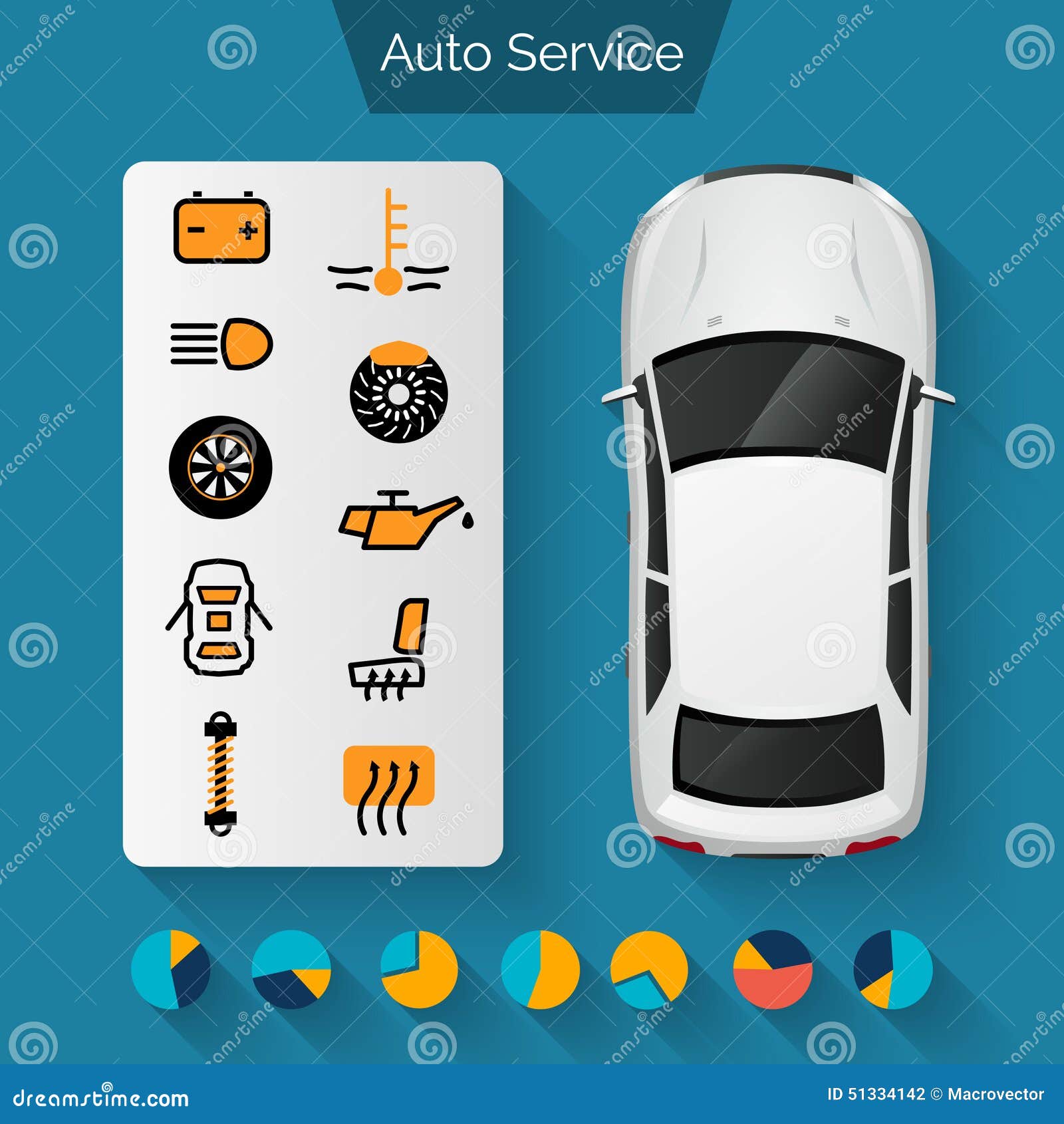Eager To Know What The Control Panel Warning Lights In Your Vehicle Symbolize? Explore Their Definitions For The Wellness And Security Of Your Automobile
Eager To Know What The Control Panel Warning Lights In Your Vehicle Symbolize? Explore Their Definitions For The Wellness And Security Of Your Automobile
Blog Article
Content By-Faulkner Stark
When you're behind the wheel, those radiant warning lights on your control panel can be a little bit complicated. Do you recognize what they're attempting to inform you about your auto's health? Understanding the significance of these lights is important for your safety and the longevity of your lorry. So, the following time one of those lights turns up, would not you intend to decode its message precisely and take the necessary steps to resolve it?
Common Caution Lights and Interpretations
Identify common warning lights in your car and comprehend their significances to guarantee secure driving.
The most regular caution lights consist of the check engine light, which indicates issues with the engine or discharges system. If this light begins, it's vital to have your vehicle examined quickly.
The oil pressure advising light shows low oil stress, needing instant attention to prevent engine damage.
A blinking battery light may suggest a damaged charging system, potentially leaving you stranded if not resolved.
The tire pressure monitoring system (TPMS) light notifies you to reduced tire stress, affecting car stability and fuel effectiveness. Overlooking this can lead to hazardous driving problems.
https://brakesnearme28495.newsbloger.com/31774782/ten-secret-referrals-for-selecting-one-of-the-most-reliable-car-service-center-in-your-area suggests a trouble with the anti-lock braking system, jeopardizing your ability to quit rapidly in emergency situations.
Lastly, the coolant temperature level cautioning light warns of engine getting too hot, which can result in severe damages if not solved promptly.
Recognizing these common caution lights will assist you attend to problems promptly and keep safe driving problems.
Value of Prompt Interest
Recognizing the typical warning lights in your cars and truck is just the primary step; the relevance of without delay attending to these cautions can't be stressed sufficient to ensure your security when traveling.
When a warning light illuminates on your dashboard, it's your cars and truck's means of connecting a possible issue that requires focus. Neglecting these warnings can cause a lot more serious problems down the road, endangering your safety and potentially costing you extra in repairs.
Prompt attention to alerting lights can avoid malfunctions and mishaps. For example, a blinking check engine light might show a misfire that, if left unattended, could create damage to the catalytic converter. Addressing https://brake-check95162.ziblogs.com/31302585/actions-to-uncover-a-trustworthy-car-repair-shop-in-your-area can conserve you from a pricey repair.
In a similar way, a brake system warning light might signify reduced brake liquid or used brake pads, important parts for your safety and security when driving.
Do It Yourself Troubleshooting Tips
If you observe a caution light on your dashboard, there are a few do it yourself troubleshooting tips you can try before looking for professional help.
The primary step is to consult your automobile's guidebook to understand what the details warning light shows. Often the concern can be as easy as a loosened gas cap activating the check engine light. Tightening up car interior cleaning services may fix the issue.
An additional common issue is a low battery, which can set off different warning lights. Inspecting the battery links for corrosion and ensuring they're secure may take care of the issue.
If a warning light lingers, you can attempt resetting it by detaching the auto's battery for a couple of mins and after that reconnecting it. Additionally, inspecting your car's fluid degrees, such as oil, coolant, and brake liquid, can aid troubleshoot warning lights related to these systems.
Conclusion
In conclusion, recognizing your car's caution lights is essential for keeping your vehicle running efficiently and safely. By promptly addressing these alerts and knowing what they indicate, you can avoid pricey repair work and possible malfunctions.
Bear in mind to consult your car's handbook for particular information on each advising light and do something about it as necessary to guarantee a hassle-free driving experience.
Stay educated, stay secure when traveling!
